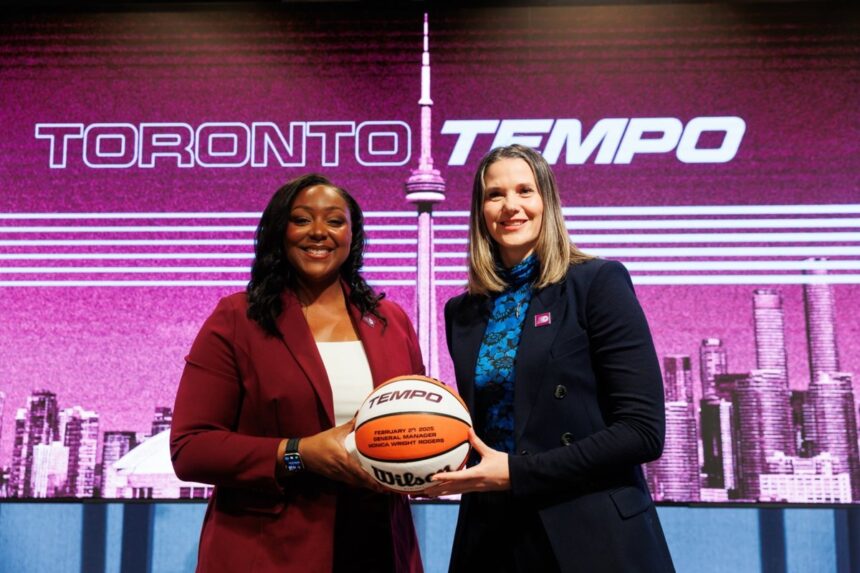The tides are turning in Canadian sports culture. A recent report reveals that 60% of Canadians believe the perception of women’s sports has improved over the last three years—a significant shift that speaks volumes about our evolving collective consciousness. As someone who has tracked cultural movements for over a decade, I find this transformation both remarkable and long overdue.
When Canada’s women’s soccer team clinched gold at the Tokyo Olympics, something fundamentally changed in our national sports dialogue. The victory wasn’t just celebrated—it was followed. Suddenly, women athletes weren’t just exceptional stories on the sidelines; they became central to our sports narrative. What we’re witnessing isn’t merely increased visibility but a profound reassessment of how we value athletic achievement regardless of gender.
The numbers tell a compelling story. Television viewership for women’s sports has surged by nearly 40% since 2020. Ticket sales for women’s professional leagues show similar growth trajectories. These aren’t just statistics—they represent thousands of Canadians making conscious choices about where they direct their attention and spending power in the sports entertainment landscape.
Yet beneath these encouraging figures lies a more complex reality. While 60% perceive improvement, that leaves a substantial 40% who either see no change or decline. This split often falls along generational lines, with younger Canadians far more likely to embrace women’s sports as equally compelling entertainment. As I’ve observed in cultural trends, generational divides often predict where society is heading rather than where it stands.
Corporate Canada has taken notice. Major brands that once exclusively hitched their wagons to men’s professional leagues are diversifying their portfolios. Sponsorship deals for women athletes have increased threefold since 2019. This isn’t corporate altruism—it’s recognition of changing consumer preferences and expanding market opportunities. Women’s sports aren’t being elevated merely as a social good but as viable business investments.
Media coverage reflects this evolution, though imperfectly. Analysis of sports pages and broadcasts shows women’s sports receiving approximately 15% of total coverage—an improvement from the single-digit percentages of previous decades but still dramatically disproportionate to participation rates. The quality of coverage has improved more significantly than the quantity, with reporting focused increasingly on athletic performance rather than appearance or personal lives.
Social media has emerged as a powerful equalizer. Female athletes have built substantial followings independent of traditional media gatekeepers, creating direct connections with fans and controlling their own narratives. This democratization of sports media represents one of the most profound cultural shifts in how we consume athletics.
The changing perception carries implications beyond sports. Research consistently shows that girls who participate in athletics develop stronger confidence, leadership skills, and health outcomes. By elevating women’s sports in our cultural consciousness, we’re simultaneously expanding the aspirational landscape for young Canadians. When a child sees that excellence is celebrated regardless of gender, their own sense of possibility expands accordingly.
Barriers remain, however. Pay equity continues to be an issue across nearly all sports. Facility access, prime-time scheduling, and institutional support still lag behind men’s equivalents. The perception improvements noted in the report represent changing attitudes more than structural transformation. True equity will require both.
Regional variations tell another important story. Urban centers show significantly more progressive attitudes toward women’s sports than rural areas, reflecting broader cultural divides in Canadian society. Quebec and British Columbia lead in positive perception shifts, while some Prairie provinces show more resistance to change. These patterns mirror other social attitude distributions across the country.
What does this mean for the future of Canadian sports culture? If current trajectories hold, we’re witnessing the early stages of a fundamental rebalancing. The generations coming of age today consider women’s sports not as a separate category but simply as sports—evaluated on their competitive merit, skill displays, and entertainment value.
As I’ve argued in previous opinion pieces, cultural shifts rarely move in straight lines. Progress comes in surges, plateaus, and occasional retreats. The 60% figure represents a surge moment—a time when accumulated small changes suddenly become visible as a major shift. The challenge now is institutional adaptation to this new reality.
The perception improvement noted in the report didn’t happen spontaneously. It represents the culmination of decades of advocacy, policy changes, and individual choices by consumers, athletes, and media executives. Progress required intentional effort and will continue to demand it.
For those wondering if this represents temporary enthusiasm following high-profile successes like Olympic medals or World Cup performances, the data suggests otherwise. The trend lines have remained consistent even during non-peak periods, indicating a sustainable shift rather than momentary excitement.
What remains clear is that Canadian sports culture stands at an inflection point. The perceptual changes documented in this report will either accelerate toward structural transformation or stabilize as a partial victory. The next three years will likely prove as consequential as the previous three in determining which path we follow.










